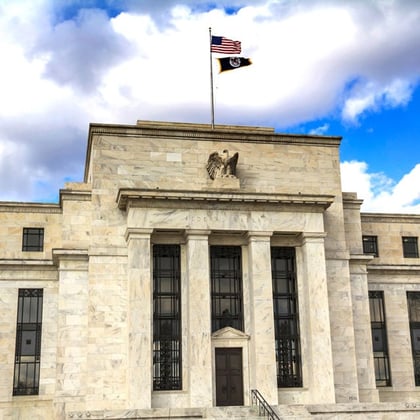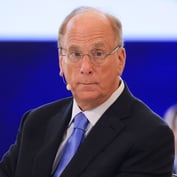What You Need to Know
- The Fed said economic activity and employment have strengthened amid progress on vaccinations and policy support.
- It said inflation has risen but largely because of transitory factors.
- Fed Chairman Powell said the recovery has been faster than expected but “remains uneven and far from complete.”
Federal Reserve Chair Jerome Powell and his colleagues upgraded their assessment of the U.S. economy but said they were not yet ready to consider scaling back pandemic support.
“Amid progress on vaccinations and strong policy support, indicators of economic activity and employment have strengthened,” the Federal Open Market Committee said in a statement Wednesday after holding its key interest rate near zero and maintaining a $120 billion monthly pace of asset purchases.
Marking a clear improvement since Covid-19 took hold more than a year ago, the Fed said that “risks to the economic outlook remain,” softening previous language that referred to the virus posing “considerable risks.” The statement also noted that sectors hit hardest by the Covid-19 pandemic had “shown improvement.” And on the risk of prices rising, policy makers said: “Inflation has risen, largely reflecting transitory factors.”
The yield on 10-year Treasuries retreated to be slightly lower on the day as Powell spoke to reporters after briefly touching a fresh session high when the decision was announced and the Bloomberg dollar index slipped to a two-month low. The pricing of Fed policy tightening in the coming years was pared slightly, while the S&P 500 Index reversed an earlier gain to trade little changed.
Powell and his colleagues met amid growing optimism for the U.S. recovery, helped by widening vaccinations and aggressive monetary and fiscal support. President Joe Biden will unveil a sweeping $1.8 trillion plan to expand educational opportunities and child care when he addresses a joint session of Congress later on Wednesday, while highlighting his $2.25 trillion infrastructure proposal and the $1.9 trillion pandemic relief package he signed into law last month.
At the same time, a rise in coronavirus cases in some regions around the world casts a shadow over global growth prospects, giving policy makers reason to remain patient on withdrawing support. Fed officials have also been largely dismissive of inflation risks for the time being, saying a jump in consumer prices last month was distorted by a pandemic-related decline in prices in March 2020.
Wednesday’s FOMC decision was unanimous.
‘Long Way’
Powell told a post-meeting press conference that the recovery has been faster than expected but “it remains uneven and far from complete” and the economy “is a long way from our goals.”








 April 28, 2021 at 05:05 PM
April 28, 2021 at 05:05 PM












 Copyright © 2024 ALM Global, LLC. All Rights Reserved.
Copyright © 2024 ALM Global, LLC. All Rights Reserved.